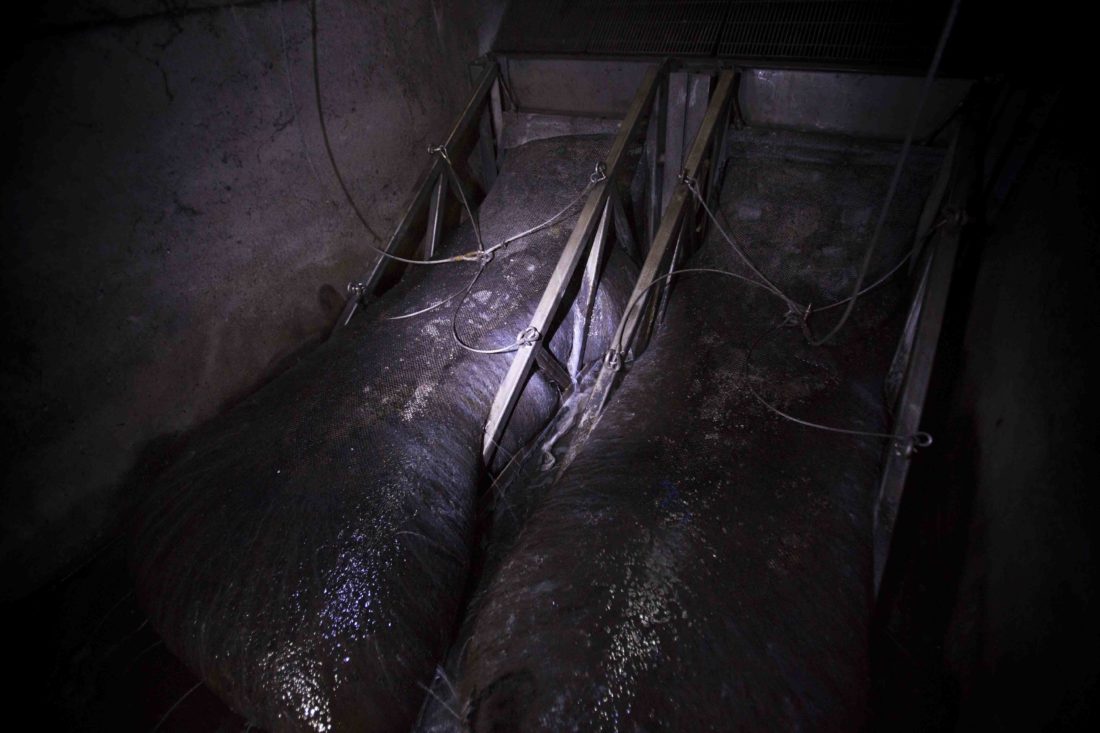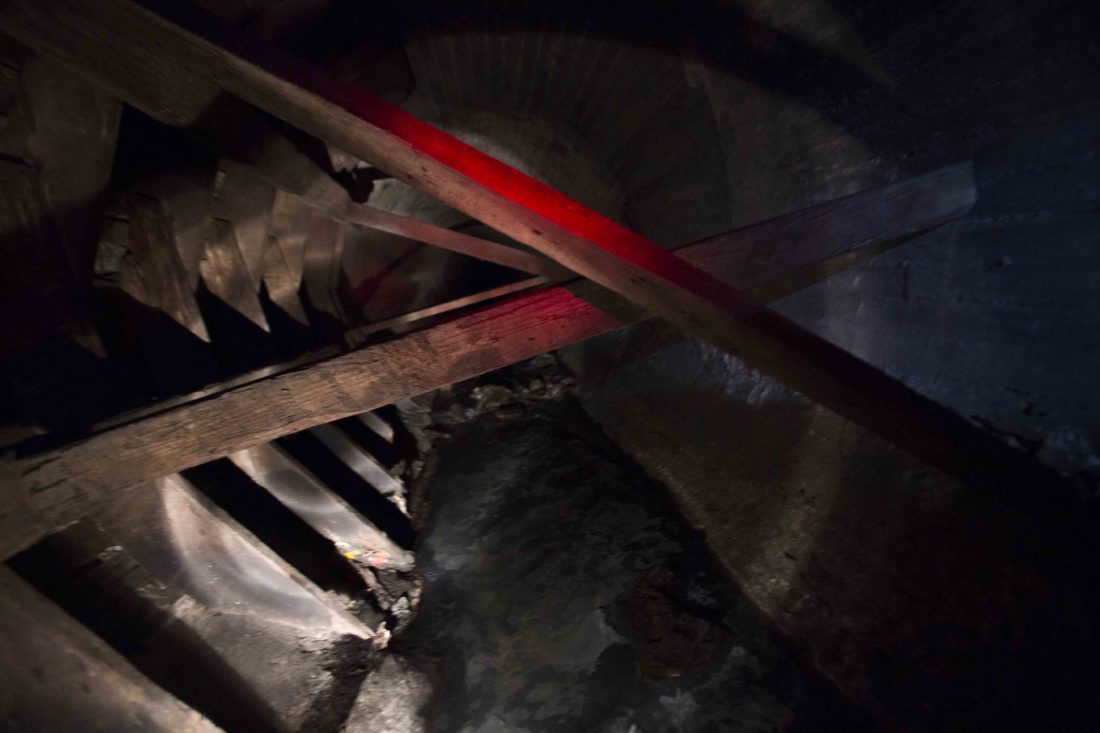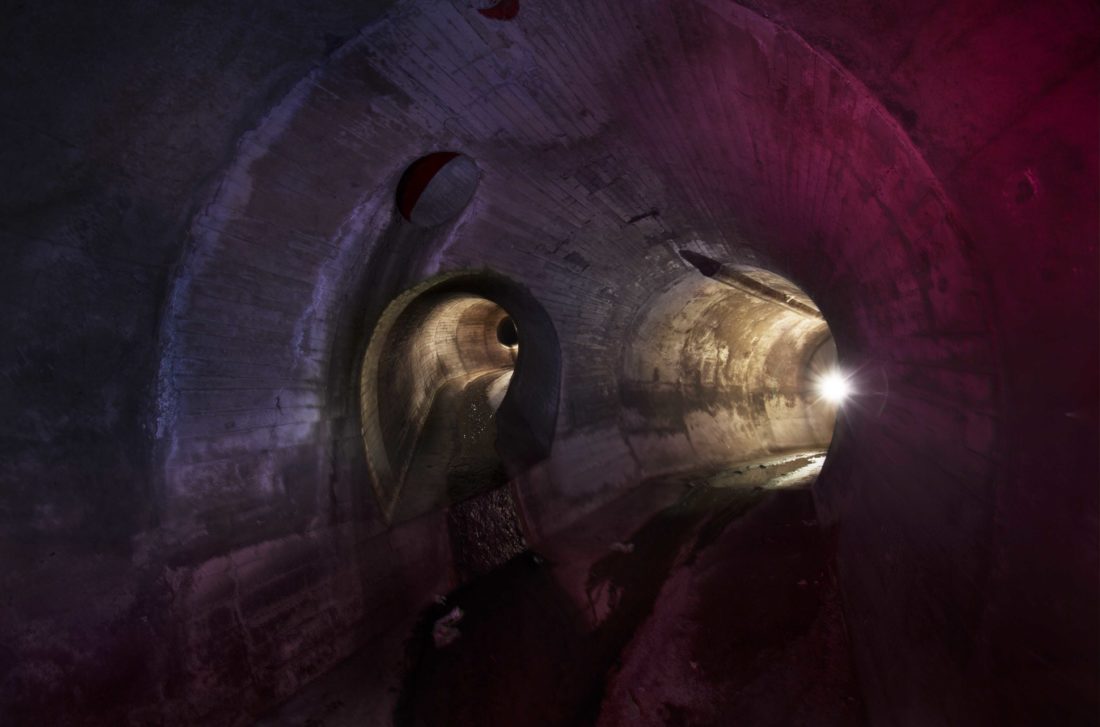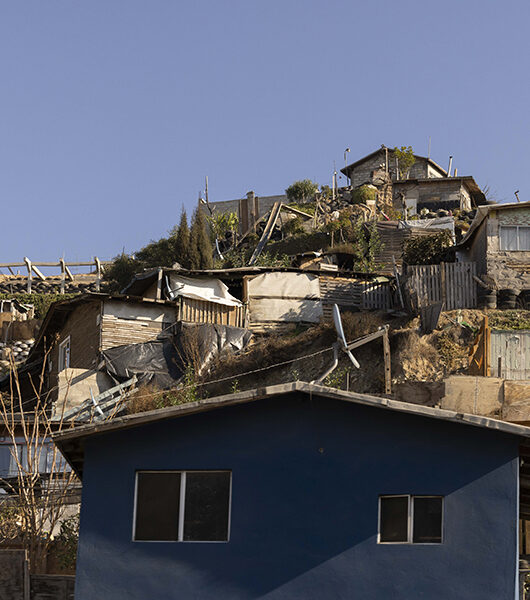
The effluent is just part of the process. To be honest, I could really go without it, but it’s an inherent part of the place.
Los Angeles, being the sprawling megalopolis that it is, is slathered in built structures: skyscrapers, highways, concrete rivers, power lines- the immediately visceral, accessible and tangible elements of the city. These elements are very exciting and critical to the urban environment, as they make up the bulk of the normal everyday experience. However, what you can’t see are the integral support systems that are essential in allowing the city to function: the underground. This labyrinth of tunnels, sewers and other entities are the backbones of allowing life above to run smoothly- if, when functioning normally, should never be considered. These systems are those that we don’t have practical space for above, whose existence has been damned to exist out of the sight and out of mind. They were engineered for gross efficiency, not to be visited. Access to these places is complicated on purpose. This is why they are so interesting.

Presence here is a subversive act, to actively put yourself into a place that was not designed for your physical existence. To this point I would be remiss if I did not note the dangers of this exploration: the drop-offs, dangerous fluctuating water levels, toxic gas build up, etc. That, along with the effluent and other intriguing discharge make it not the most inviting place to be.

Many of the sewers and storm drains were built when the city was booming back in the early to mid 20th century, a time of progress and expansion. Parts of these drains beckon back to an age where artistry was still considered in construction, before the days of new materials and plain efficiency. While the contemporary graffiti ends where the natural light ceases, gentle masonry arches give way to obtuse concrete behemoths in a hodgepodge system of tunnels and passageways.



Amongst this labyrinth are all the guts of the system. Sharp turns lead to rooms of disgustingly exotic machinery, with body-bag like collecting bags filtering runoff. Climbs up long corridors reveal marks of the original engineers of the city, and wood supports divulge the precarious nature of parts of the network.




Save for what trickles in from the cracks in the manhole covers, this subterranean world is devoid of light. In some horror movie like fashion, it has evolved strange entities and harbors the favorites as well. Colonies of albino roaches cling to the sides of the wall, curious looking small bodied and long legged spiders scurry, and bats perch inside cracks and crevices. Rats are a very real reality here as well, from what I’ve seen, there is no real threat to them down here.


These places are enigmatic, a place so foreign yet literally right underneath our feet. No matter how many times I have donned the waders and subjected myself to the stench and ethereal nature of these places, I know I have only scratched the surface of what else is to be revealed.
-m







1 comment
Matt! Incredible work of capturing that which man does not see but would not live in the comforts that we take for granted. Your chose of words are picture creations and your photos capture an erie feeling of another unknown world waiting and resting below us. Brilliant!
Comments are closed.